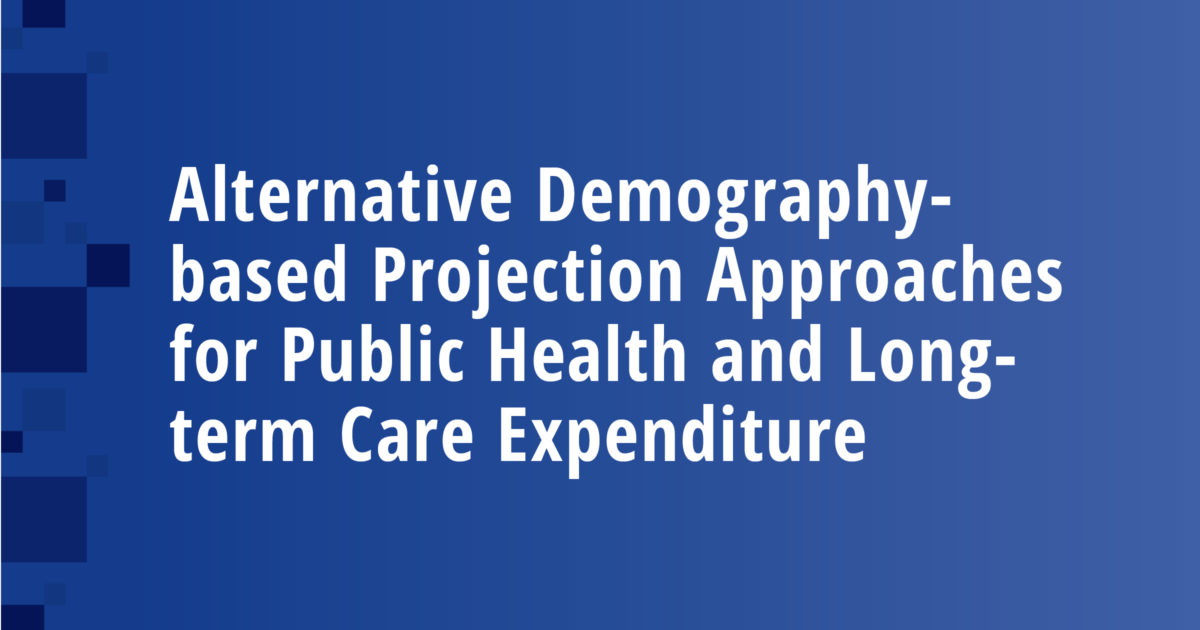
Ageing populations pose a major challenge for long-term sustainability of public finances. The respond has been a wave of pension reforms that has lowered markedly the projected pension expenditure in EU countries. The increase in the second major expenditure item, health and long-term care costs, has become the most important element of fiscal sustainability gaps. We compare different demography-based approaches generally used to evaluate the costs. The interaction of different projection approaches and demography is illustrated by using realizations of a stochastic population projection as inputs in a numerical expenditure model. Our example country is Finland.
Our results show that considering the effects of proximity to death on the expenditure generates markedly slower expected expenditure growth for the health and long-term care costs than using age-specific costs or the method developed and used by the European Commission and the Finnish Ministry of Finance. In addition, the sensitivity of the expenditure projections to demographic risks is lower. The differences in the outcomes of the different approaches are largest in long-term care costs, which are in any case growing faster in Finland than the health care expenditure because on population ageing.
Väestön ikääntyminen haastaa julkisen talouden kestävyyden. Haasteeseen on vastattu Euroopan unionin maissa uudistamalla eläkejärjestelmiä siten, että ennustettu eläkemenojen kasvu on pienentynyt merkittävästi. Tästä on seurannut se, että kasvavat terveys- ja hoivamenot ovat nyt suurin kestävyysvajeen osatekijä. Vertaamme tässä tutkimuksessa usein käytettyjä väestön määrään ja ikärakenteeseen perustuvia menetelmiä näiden menojen ennustamiseksi. Erilaisten ennustemenetelmien ja väestökehityksen vuorovaikutusta havainnollistetaan käyttämällä stokastisen väestöennusteen realisaatioita syötteenä menojen kehitystä kuvaavissa malleissa. Esimerkkimaamme on Suomi.
Tulosten mukaan kuoleman läheisyyden aiheuttamien menojen huomiointi tuottaa huomattavasti pienemmän odotusarvoisen kasvun tuleville hoiva- ja hoitomenoille kuin pelkästään ikään sidottujen menojen käyttäminen ennusteessa tai Euroopan komission ja Suomen valtionvarainministeriön käyttämä menetelmä. Lisäksi menoennusteen herkkyys erilaisille väestöriskeille on vähäisempi. Menetelmien erot ovat suurimmat ikääntyneiden pitkäaikaishoidon menoissa, jotka ovat väestön ikääntymisen vuoksi muutoinkin kasvamassa Suomessa tulevaisuudessa huomattavasti nopeammin kuin terveydenhuollon menot.
Arkadiankatu 23 B
00100 HELSINKI
Vaihde ja vastaanotto avoinna arkisin klo 8.30–15:30.
+358 (09) 609 900